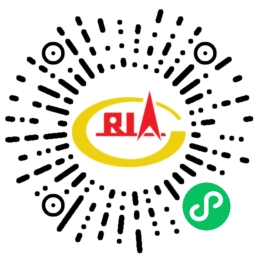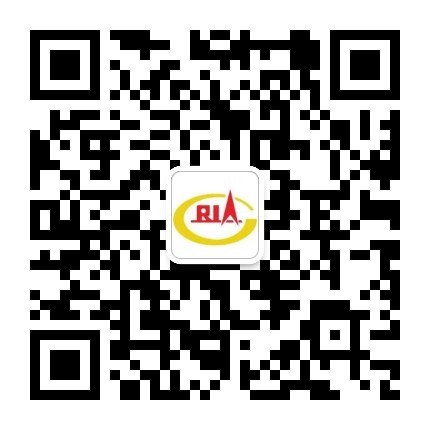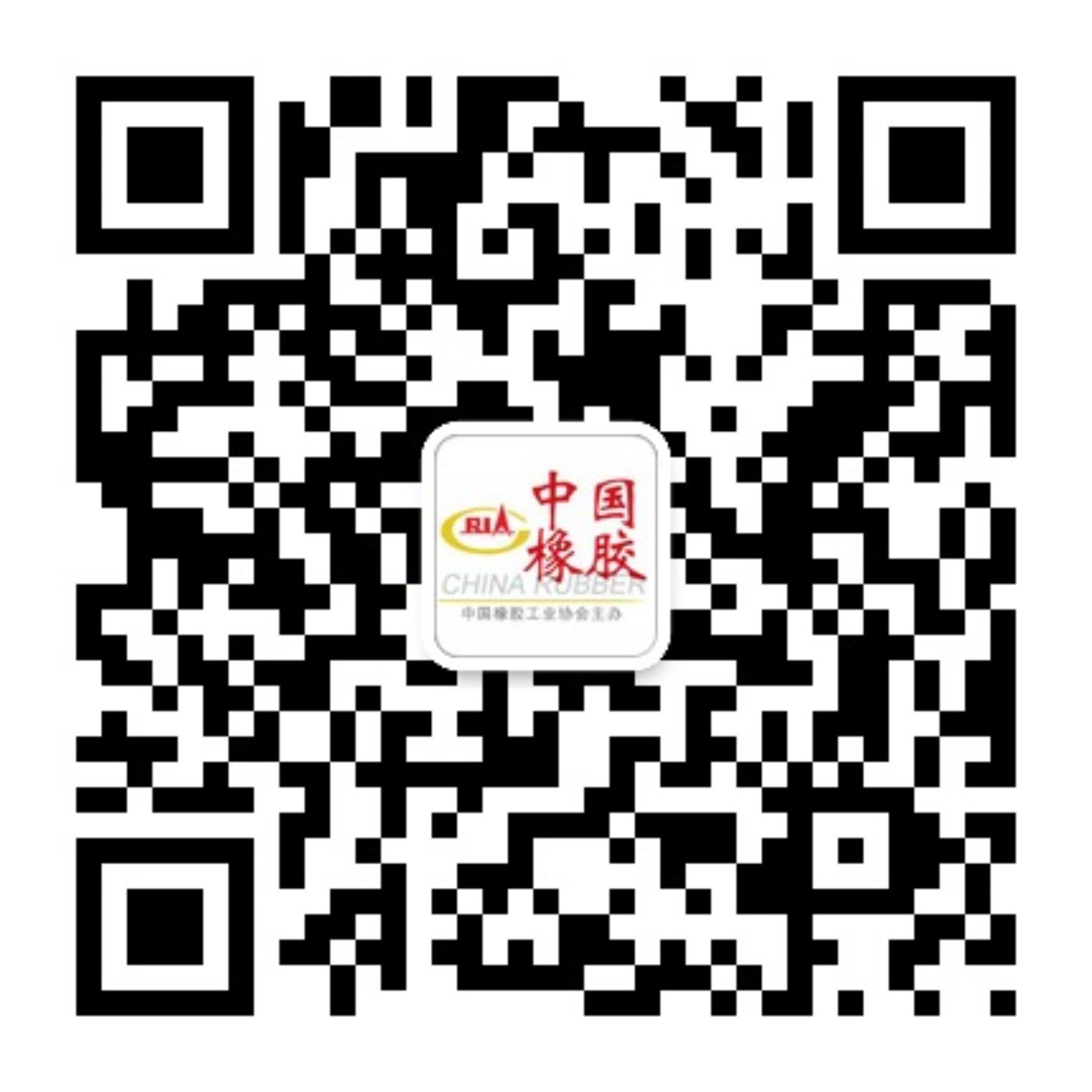The prospect of global economic recovery is not optimistic and China’s economy faces transformation and upgrading, the universal rule of development of international economy is: along with the slowdown of growth, the economic structure will have transitional change: the proportion of manufacturing industry will relatively become steady and lower down while that of service industry will relatively rise up; the proportion of investment in total demand decreases relatively while that of consumption increases relatively. These transitional changes bring about development opportunities as well as severe challenges to tire industry. China’s tire industry is in a historical period from world giant to world power, thus only by firmly establishing brand economy awareness and increasing the commercial value of tire can China come up from behind during fall after rise of economic growth and narrow the gap with advanced countries.
1. China’s highway construction speeds up
Along with quick development of China’s road and transportation industry, the highway freight volume and passenger volume account for 80% and 60% of the total national volume respectively. See Table 7 for conditions of national highway construction mileage in recent years.
Table 7: Conditions of National Highway Construction Mileage, Ten Thousand KM
|
Year |
Total mileage |
Expressway |
First-class |
Second-class |
Third-class |
Fourth-class |
Substandard |
|
2010 |
400.82 |
7.41 |
6.44 |
30.87 |
38.80 |
246.95 |
70.35 |
|
2011 |
410.63 |
8.49 |
6.81 |
32.05 |
39.36 |
258.64 |
65.28 |
|
2012 |
423.76 |
9.62 |
7.43 |
33.15 |
40.19 |
270.58 |
62.79 |
|
2013 |
435.62 |
10.44 |
7.95 |
34.05 |
40.70 |
282.41 |
60.07 |
|
2014 |
446.49 |
11.19 |
8.54 |
34.84 |
41.42 |
294.10 |
56.31 |
Note: The data comes from Statistical Bulletin on Development of Transportation Industry.
2. Overall Situation of China’s Tire Industry
According to rough statistics, there are about 500 tire enterprises in China at present, including about 300 enterprises passing CCC (China Compulsory Certification) (including overseas-funded enterprises), industrial, agricultural and engineering machinery vehicle tires and other tire products have not listed in the scope of CCC. There are about 108 enterprises producing radial tires, including 22 state-owned enterprises, 53 private enterprises and 33 overseas-funded enterprises.
In recent years, tire industry proceeds in adjustment, the output of all-steel radial tires declines for two successive years, that of semi-steel radial tires has slight growth and that of bias tires continuously falls. See Table 8 for national tire output. Sharp fall in product export is mainly influenced by trade barriers such as “double anti” of America, etc. on Chinese tires. From 2001 to February 2016, a total of 21 trade friction cases took place, which severely affects normal export of Chinese tires. See Table 9 for national tire export in recent 2 years.
Table 8: National Tire Output from 2014 to 2016, Hundred Million Units
|
Year |
Total output |
Increase, % |
Including |
Radial rate, % |
|||||
|
All-steel tire |
Increase, % |
Semi-steel tire |
Increase, % |
Bias tire |
Increase, % |
||||
|
2014 |
5.62 |
6.2 |
1.12 |
4.7 |
3.99 |
8.1 |
0.51 |
-3.8 |
90 |
|
2015 |
5.65 |
0.5 |
1.10 |
-1.8 |
4.05 |
1.5 |
0.50 |
-2.0 |
91 |
|
2016 Forecast |
5.72 |
1.2 |
1.06 |
-3.6 |
4.17 |
2.9 |
0.49 |
-2.0 |
91 |
Note: The data comes from CRIA Tire Branch.
Table 9: National Tire Export from 2014 to 2015
|
|
Year |
Quantity, ton |
Year-on-year, % |
Amount, USD Ten Thousand |
Year-on-year, % |
Unit price, USD·kg-1 |
|
Total Export |
2013 |
4819108 |
/ |
1561531 |
/ |
3.2 |
|
2014 |
5458345 |
13.3 |
1584895 |
1.5 |
2.9 |
|
|
2015 |
5238677 |
-4.0 |
1318997 |
-16.8 |
2.5 |
|
|
Export to America |
2013 |
1150269 |
/ |
376482 |
/ |
3.3 |
|
2014 |
1339392 |
16.4 |
396309 |
5.3 |
3.0 |
|
|
2015 |
1047852 |
-21.8 |
272977 |
-31.1 |
2.6 |
Note: 1. The data comes from General Administration of Customs; 2. The export products include truck, light truck, passenger car and engineering tires.
However, highlights still frequently appear in tire industry, which mainly features: technical innovation and brand strategy become aftereffect for improving product quality and development; informationization, intelligent manufacturing, Internet +, modernization management, etc. become hot spots of tire industry and are gradually promoted; enterprise integrative recombination, back-door listing, fund investment, asset acquisition, etc. are gradually carried forward; and overseas factory building and investment as well as international cooperation take an important step.
Pace of adjusting structure and transferring mode of tire industry quickens
It is mainly manifested in four aspects: firstly, from 2010 to 2015, tire industry eliminates 14 “zombie enterprises” and 24.80 million units of low-end products successively. See Table 10.
Table 10: Conditions of Eliminating “Zombie Enterprises” and Low-end Products, Ten Thousand Units
|
Item |
2010 |
2011 |
2012 |
2013 |
2014 |
2015 |
Total |
|
Number of failing enterprises |
2 |
1 |
1 |
3 |
2 |
5 |
14 |
|
Eliminated output of bias tires |
230 |
100 |
|
440 |
340 |
100 |
1210 |
|
Eliminated output of semi-steel tires |
80 |
|
|
30 |
|
140 |
250 |
|
Eliminated output of all-steel tires |
|
|
150 |
50 |
|
820 |
1020 |
Note: 1. 14 enterprises in the table include 4 state-owned enterprises, 8 private enterprises and 2 Hong Kong and Taiwan enterprises; 2. The data comes from the investigation statistics of CRIA Tire Branch.
Secondly, from 2014 to 2015, merger and reorganization as well as strategic cooperation of tire enterprises speed up to increase the industrial concentration. See Table 11 for merger and reorganization of tire enterprises.
Table 11: Merger and Reorganization of Tire Enterprises, Ten Thousand Units
|
Name of merger and cooperation enterprises |
Output of 2014 |
Output of 2015 |
||
|
All-steel tire |
Semi-steel tire |
All-steel tire |
Semi-steel tire |
|
|
Double Coin Group cooperates with Xinjiang Kunlun |
645 |
|
626 |
|
|
Sailun cooperates with Jinyu and Heping |
627 |
2274 |
358 |
1897 |
|
Double Star cooperates with HTG |
468 |
864 |
473 |
883 |
|
HTG cooperates with WOSEN |
220 |
1157 |
355 |
1395 |
|
Cooper (Kunshan) merges with Qingdao GRT |
|
430 |
15 |
430 |
Thirdly, tire enterprises “go out” to build factories overseas and transfer from product export to technology and brand export. Carrying out international operation can avoid trade frictions. See Table 12 for overseas factory building conditions of tire enterprises from 2013 to 2016.
Table 12: Overseas Factory Building Conditions of Tire Enterprises
|
Year |
Enterprise name |
Country |
Product name |
Annual output, Ten thousand units |
Investment amount |
|
Put into production in 2013 |
Sailun Jinyu Group |
Fudong Industrial Park, Ho Chi Minh City, Vietnam |
Semi-steel radial tire |
480/800 |
USD 95 Million |
|
Engineering radial tire |
5.6 |
||||
|
Put into production in 2013 |
Linglong Group |
Chonburi Province, Thailand |
Semi-steel radial tire |
1200/1320 |
USD 700 Million |
|
All-steel radial tire |
120 |
||||
|
Put into production in 2015 |
Zhongce Group |
Chonburi Province, Thailand |
Semi-steel radial tire |
500 |
|
|
Put into production in 2015 |
Sentury Company |
Lisheng Industrial Park, Thailand |
Semi-steel radial tire |
1200 |
USD 400 Million |
|
Put into production at the end of 2016 |
O’Green Company |
Jakarta, Indonesia |
All-steel radial tire |
200 |
USD 270 Million |
|
Semi-steel radial tire |
800 |
Fourthly, since there is a severe shortage of natural rubber resources in China and the supply of domestic rubber is less than 20%, some tire enterprises successively go overseas for planting and processing rubber. See Table 13.
Table 13: Conditions of Planting and Processing Rubber Overseas of Tire Enterprises
|
Enterprise name |
Country |
Project |
Scale |
Investment amount |
|
Yongyi Company |
Laos |
Building rubber plantation |
300,000 mu |
|
|
Hengfeng Company |
Burma |
Building rubber plantation |
30,000 mu |
RMB 2 Million Yuan |
|
Bayi Company |
Thailand |
Building rubber processing factory |
150,000 tons/year |
|
|
Yanchang Rubber |
Thailand |
Building rubber plantation |
100,000 tons/year |
|
|
Double Coin Group |
Thailand |
Co-building rubber processing factory |
90,000 tons/year |
Accounting for 70% shares |
|
Sailun Jinyu |
Thailand |
Building rubber processing factory |
|
RMB 32 Million Yuan |
|
Double Star Group |
Malaysia |
Building rubber processing factory |
30,000 tons/year |
|
Basic Features of Development of Tire Industry
Firstly, the homogeneous competition of tire products is fierce, the structural capacity of mid- and low-end tires is severely excessive, the costs rise up, price becomes the main competition means, the profitability sharply decreases and the production and operation pressure is increasing.
Secondly, differentiation and reorganization as well as difficult transformation and upgrading of tire enterprises coexist. According to the analysis of conditions of 40 domestic- and overseas-funded enterprises in 2015, there are mainly four kinds of existing conditions: difficult maintenance, there are 8 enterprises with deficit (2 overseas-funded enterprises), accounting for 20%; 19 enterprises with decreases in output and profit (5 overseas-funded enterprises), accounting for 47.5%; 4 enterprises with increase in output and decrease in profit, accounting for 10%; and 9 enterprises with increase in output and profit (2 overseas-funded enterprises), accounting for 22.5%. The success and risk of transformation and upgrading of tire industry coexist.
Thirdly, the tire enterprises respond to the call of the nation of “one belt and one road” as well as “going out” to build factories, R&D centers, etc. overseas, to gear to overseas advanced level in tire technology, process, manufacturing, sales, service, etc., build international advanced enterprises, create world famous brands, establish global tire market marketing system and carry out international operation.




